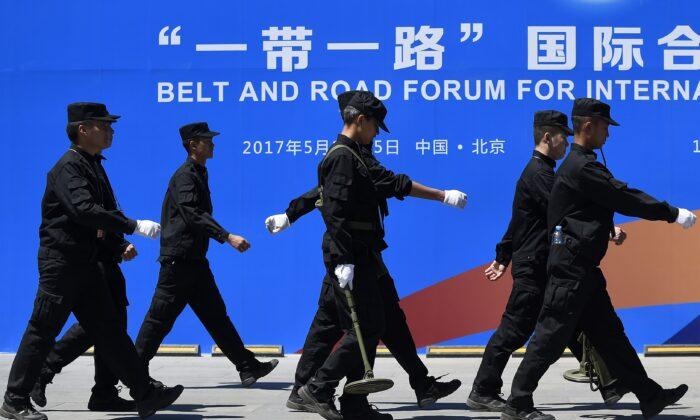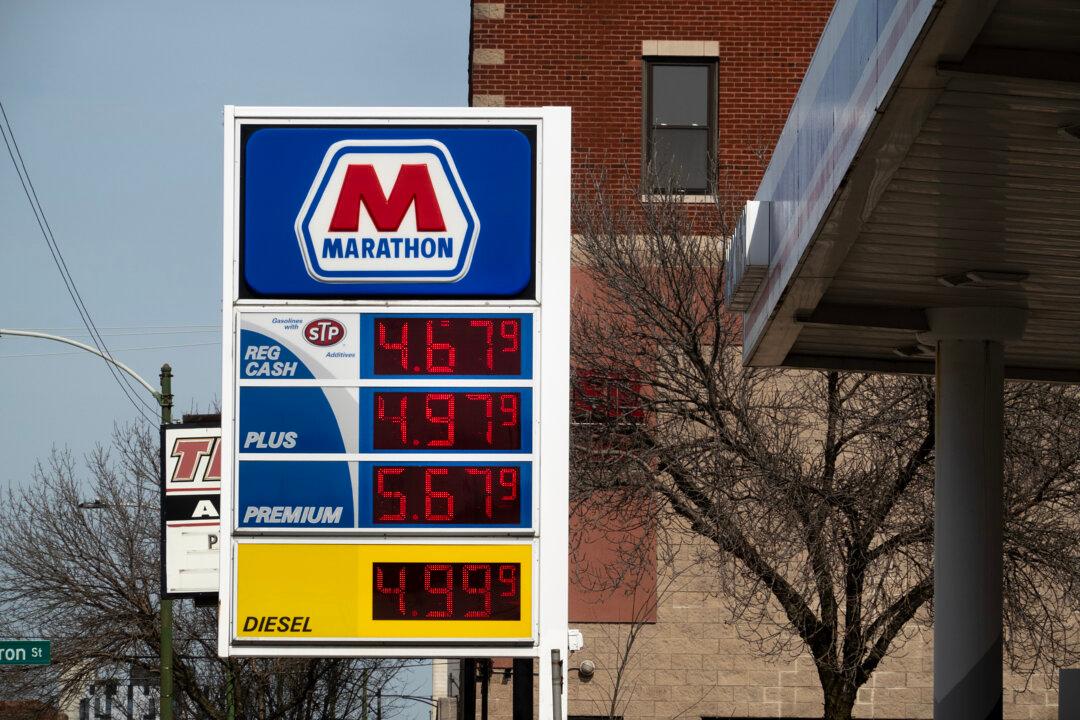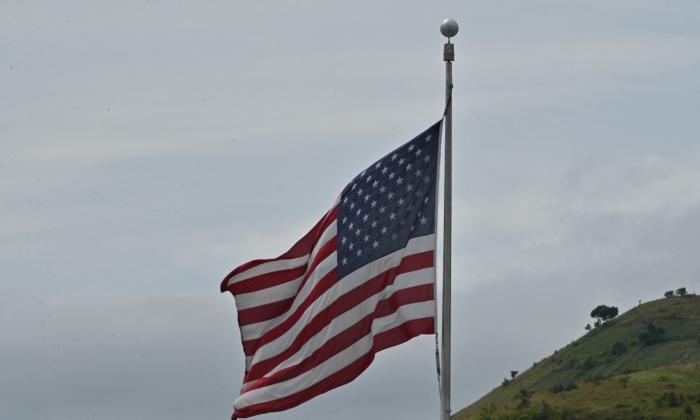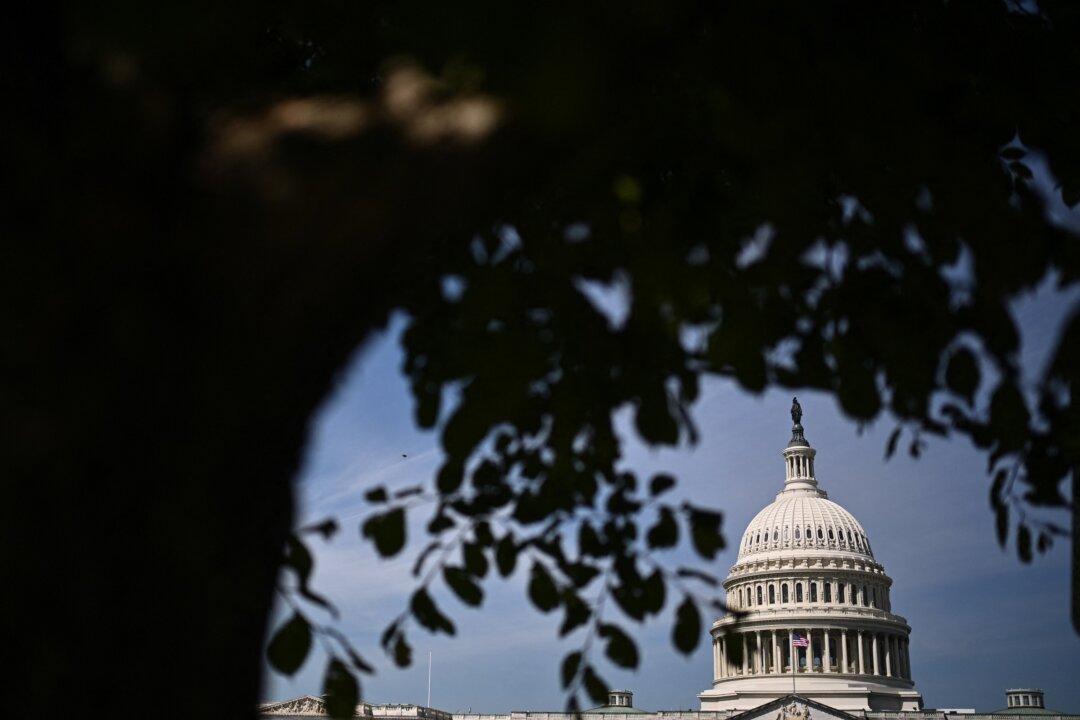The Belt and Road Initiative (BRI) is an internationally planned infrastructure development project for China and the emerging economies that trade with or border China. It’s a move designed to recapture the ancient Silk Road and expand China’s influence.
Critics say the BRI projects present dangers to participating countries, such as debt traps.
The original Silk Road lasted until the 15th century. It was a vast trade network that began in the Far East and ended in Europe, winding through the countries of modern-day Afghanistan, Kazakhstan, Korea, Kyrgyzstan, India, Mongolia, Pakistan, Tajikistan, Turkmenistan, and Uzbekistan. Today, this area is ground zero for China’s BRI.
Originally called “One Belt, One Road,” China’s BRI combines the Silk Road Economic Belt, which has six development corridors: the New Eurasian Land Bridge Economic Corridor; the China–Mongolia–Russia Economic Corridor; the China–Central Asia–West Asia Economic Corridor; the China–Indochina Peninsula Economic Corridor; the Bangladesh–China–India–Myanmar Economic Corridor; and the China–Pakistan Economic Corridor. This is combined with the 21st century Maritime Silk Road, which begins in the South China Sea, flows through the Red Sea, and ends in the Mediterranean Sea. Both roads end in Rotterdam, Netherlands.
The BRI is the most ambitious economic development and infrastructure project we’ve ever seen. Infinitely larger than the Suez Canal and the Panama Canal, the BRI aims to connect large swaths of land across China’s border and promote massive infrastructure developments.
Chinese leader Xi Jinping first unveiled the initiative in 2013. The project is backed by the Silk Road Fund, a $40 billion fund backed by China’s state-owned enterprises, including the State Administration of Foreign Exchange (65 percent), China Investment Corporation (15 percent), Export-Import Bank of China (15 percent), and China Development Bank (5 percent).

As far as deeper motivations go, the Royal Institute of International Affairs, referred to as Chatham House, had this to say about the BRI:
“There are three main motivations for the BRI. The first, and most discussed internationally, is China’s rivalry with the US. The vast majority of Chinese international trade passes by sea through the Malacca Strait off the coast of Singapore, which is a major US ally. The second key reason for the initiative is the legacy of the 2008 financial crisis. China’s government responded to the emergency with a [4 trillion yuan] stimulus package, issuing contracts to build railways, bridges, and airports, but saturated the Chinese market in the process.
Should America Be Worried?
Clearly, China has country partners at odds with the United States, whether they’re against democracy, free markets, or free speech, but that doesn’t matter here.
A project such as the BRI is all-encompassing and expansive—so when partners take detours, the partnership continues. For example, despite the trouble in Russia and the recent political changes in Pakistan, China remains unwavering. As far as Pakistan goes, the China-Pakistan Economic Corridor is often called an artery of BRI and is considered a jewel in China’s crown.
The BRI juggernaut is designed to integrate China into various spheres of influence along its borders and emerging economies. Like China’s state capitalism, where the Chinese Communist Party (CCP) gives cheap equity and debt to companies, Beijing engages in debt-trap diplomacy. Debt-trap diplomacy is when a country extends debt to a nation to increase the lending nation’s political leverage.
While one can’t say that the sole ambition of China’s BRI is to gain world control or block Western economies from continued dominance, it’s nearly impossible to deny that China is buying political influence in many of the world’s emerging economies.





